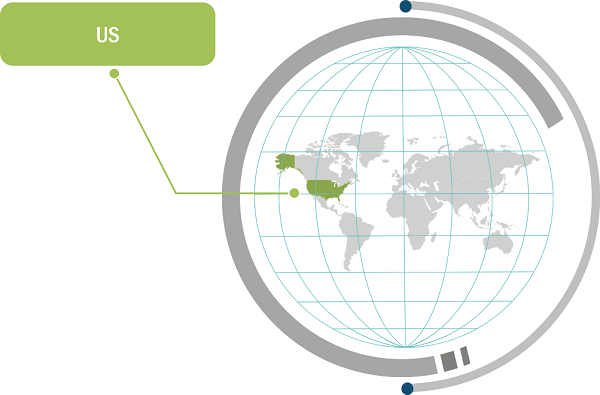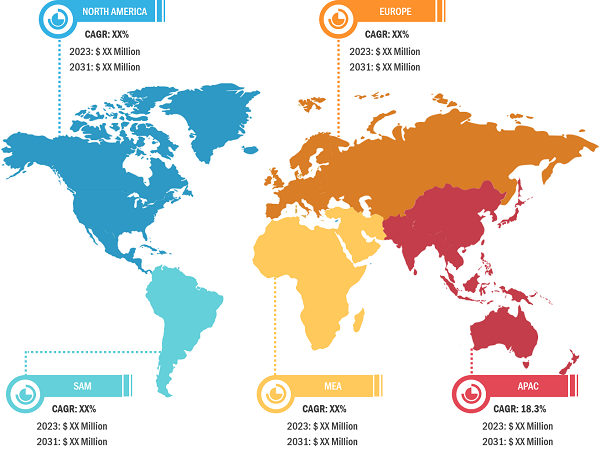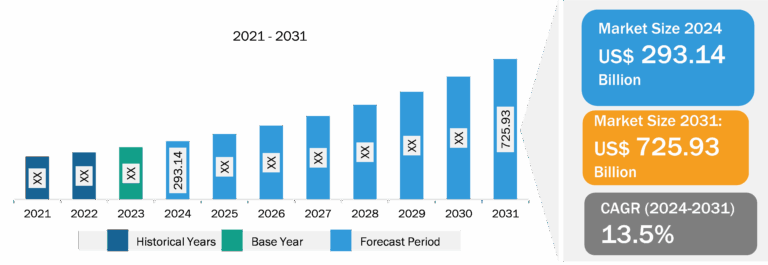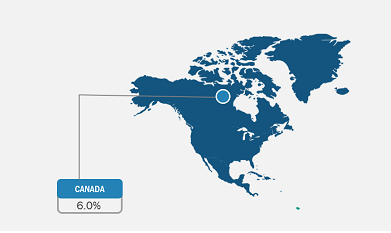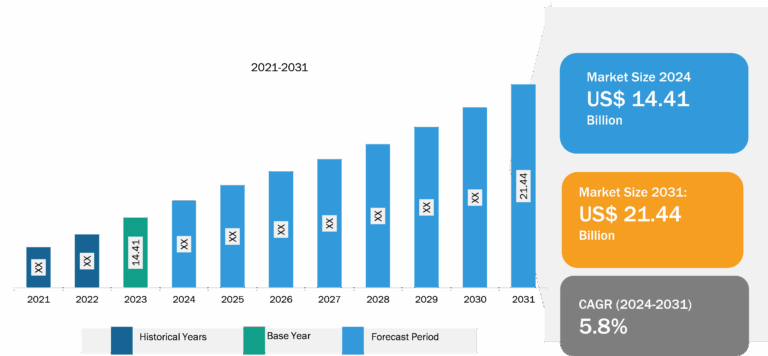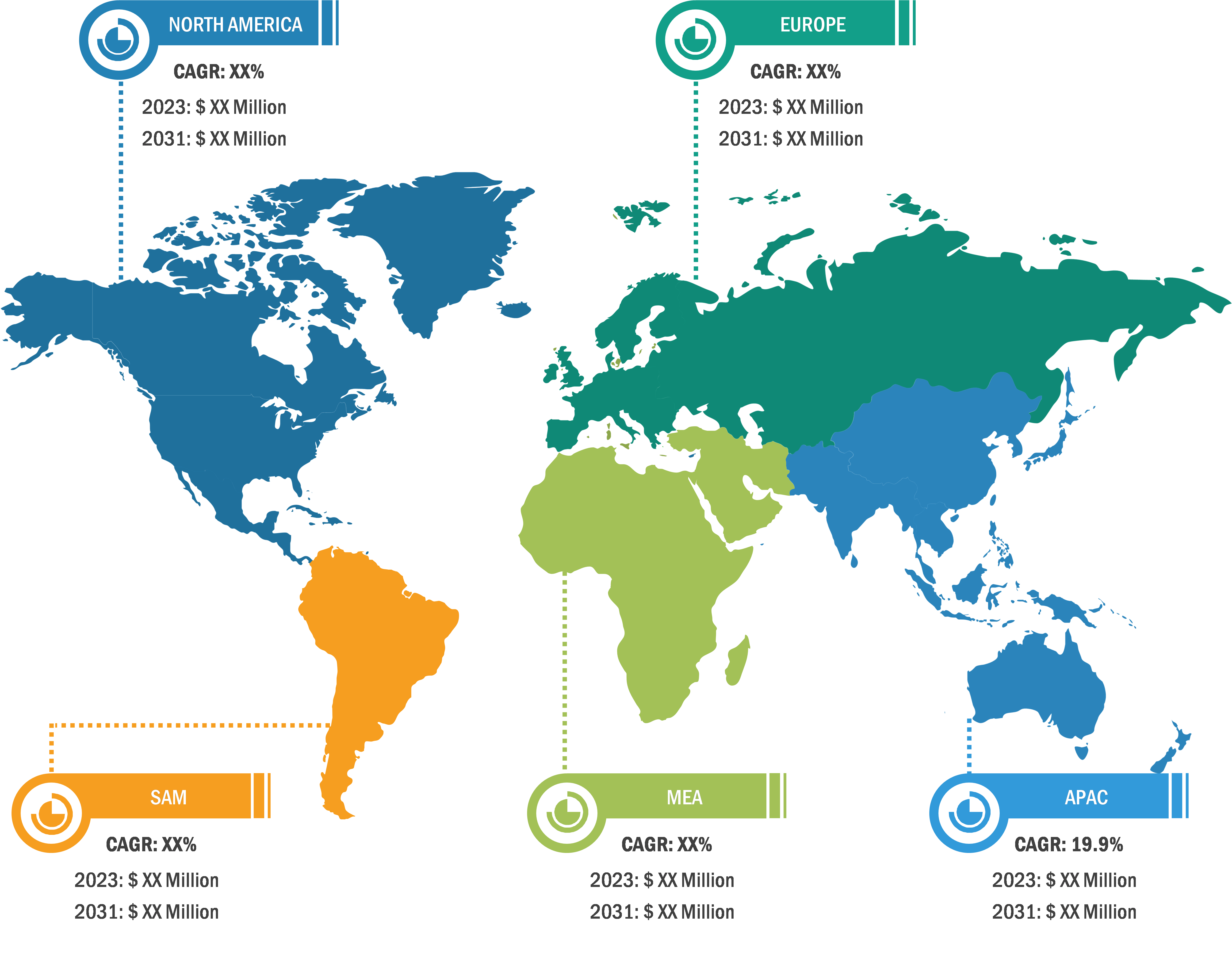
Multi-Factor Authentication Market
The increasing number of online frauds also boosts the adoption of multi-factor authentication technologies in APAC. For instance, in December 2022, according to Experian’s Global Identity & Fraud Report, a recent survey of six APAC markets found that India and China have the highest online fraud rates, with 29% of consumers in each country reporting being victims; this figure is substantially higher than the global average of 23%. The survey also found that India has the highest rate of substantial monetary or reputational damage from online fraud, with 7% of respondents reporting such losses; it is also higher than the global average of 5%. Such an increase in online fraud in APAC boosts the adoption of multi-factor authentication solutions in the region.
Increased internet penetration and consumption, rapid adoption of multi-factor authentication solution and increase in the number of cyberattacks are some of the factors driving the multi-factor authentication market growth in India. According to Thales, India has the highest overall percentage of multi-factor authentication usage in 2022 at 66% when compared to the global adoption level of 56%. Moreover, India is among the top most country when it comes to cyber-attacks. According to a report by Microsoft, India accounts for 13% of cyber-attacks in the Asia-Pacific region. Similarly, a study by Cloudflare has revealed that 83% of Indian enterprises experience at least one cybersecurity incident in 2022. Out of these organizations, 48% experienced ten or more number of cyberattacks. Further, according to a mid-year cybersecurity report by Trend Micro, India is among the top five countries globally for malware detections, accounting for 5.5% of 90,945 ransomware detections in the first half of 2023. Similarly, India is ranked number fourth globally in online banking malware detections, contributing to a concerning 8.2% of all global threats. All such factors contribute to the multi-factor authentication market growth in India.
China has witnessed huge growth in the multi-factor authentication market. The COVID-19 pandemic has accelerated digital adoption and digital service delivery across the globe. The pandemic has led to the advent of different work models for business. The digital model has become increasingly popular among customers and businesses of all sizes. This sudden rise in digital activity has created a huge growth in internet traffic in China, leading to an unprecedented demand for multi-factor authentication (MFA) to tackle security risks. Moreover, the rapid adoption of collaboration and network security tools in the pandemic has increased the usage of multi-factor authentication (MFA) to protect access to resources. In China, the number of cyberattacks by cybercriminals and their severity has increased in recent years, which contributes to the multi-factor authentication market growth.
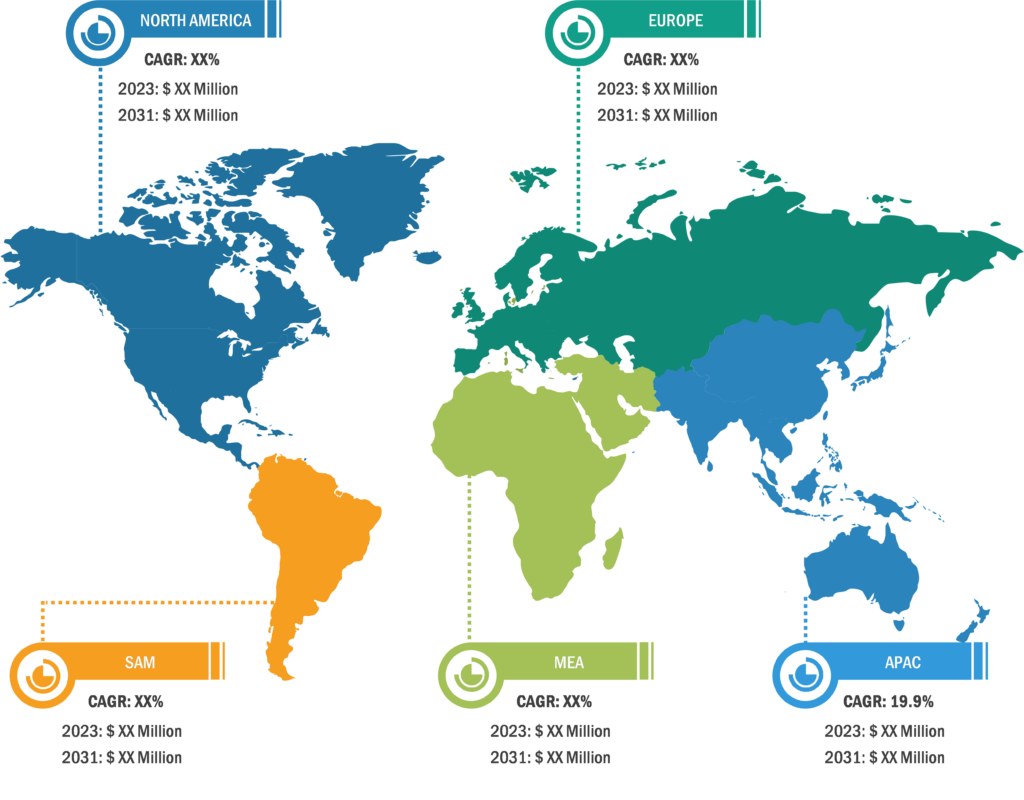
Rising BYOD Trend Drives the Multi-Factor Authentication Market Growth
Over the years, and especially after the COVID-19 pandemic, the bring-your-own-device (BYOD) trend has become more popular due to the rising adoption of hybrid work models. BYOD allows employees to use personal devices such as computers, tablets, and smartphones to access confidential company data, resources, and applications. For instance, according to Cass Information Systems, Inc., the average BYOD adoption rate is 70% globally. BYOD is an innovative approach that makes employees’ lives much easier. It becomes flexible for the employees to use the company data from anywhere, anytime. Thus, such benefits of BYOD lead to its widespread adoption in businesses. For example, according to Jamf, in July 2023, ~75% of people were using their personal devices for office work, which has resulted in a 34% increase in productivity, and ~US$ 250 per employee can be saved with a BYOD plus stipend policy. However, it attracts many hackers. Bring your own device (BYOD) trend poses significant data theft, malware and ransomware infection, business ID theft, and other security risks. Using public or unsecured Wi-Fi, downloading apps from unauthorized sources, leaving phones unattended, and visiting unverified websites are a few prominent factors acting as a potential threat to data breach or cyberattack incidents. Helpnet security reported that data leakage was the biggest concern among employees, with 63% of surveyed respondents highlighting it as the top concern. Thus, corporates are increasingly adopting multi-factor authentication solutions to mitigate BYOD risks, which will fuel the multi-factor authentication market growth during the forecast period.
Multi-Factor Authentication Market: Segmental Overview
Based on end user, the multi-factor authentication market is segmented into IT & telecom, BFSI, education, government, healthcare, and others. The IT & telecom segment is expected to record the highest CAGR in the multi-factor authentication market during the forecast period. The IT & telecom sector is highly exposed to cyberattacks and fraudulent activities. The multi-factor authentication solution is necessary for the IT & telecom sector to keep the user information secure. With the growing adoption of advanced technologies and smartphones, customers are relying on their hi-tech mobile phones for almost every activity. Therefore, the adoption of multi-factor authentication solutions is increasing in order to handle these activities efficiently and secure the system and data to enhance customer engagement.
Multi-Factor Authentication Market Analysis: Competitive Landscape and Key Developments
Microsoft; Thales.; Okta; OneSpan; HID Global Corporation; Cisco Systems, Inc.; Ping Identity.; RSA Security; CyberArk Software Ltd. are a few of the key companies operating in the multi-factor authentication market. The multi-factor authentication market leaders focus on new product launches, expansion and diversification, and acquisition strategies, which allow them to access prevailing business opportunities.
- In October 2023, Amazon Web Services (AWS) announced a plan to mandate multi-factor authentication from 2024 to improve default security and reduce the risk of account hijacking.
- In April 2022, Trust Stamp announced the launch of a multi-factor authentication solution named “Biometric MFA” to replace traditional password-based MFA with selfie biometrics. Biometric MFA lets partners layer intuitive, convenient, and seamless identity authentication where vulnerable passcodes are used.
- In August 2022, ForgeRock entered into a strategic partnership with Secret Double Octopus (SDO) to extend password less and multi-factor authentication capabilities in the enterprise. Under this partnership, ForgeRock leveraged technology from SDO enables a unified MFA experience for employees, contractors, and vendors.

